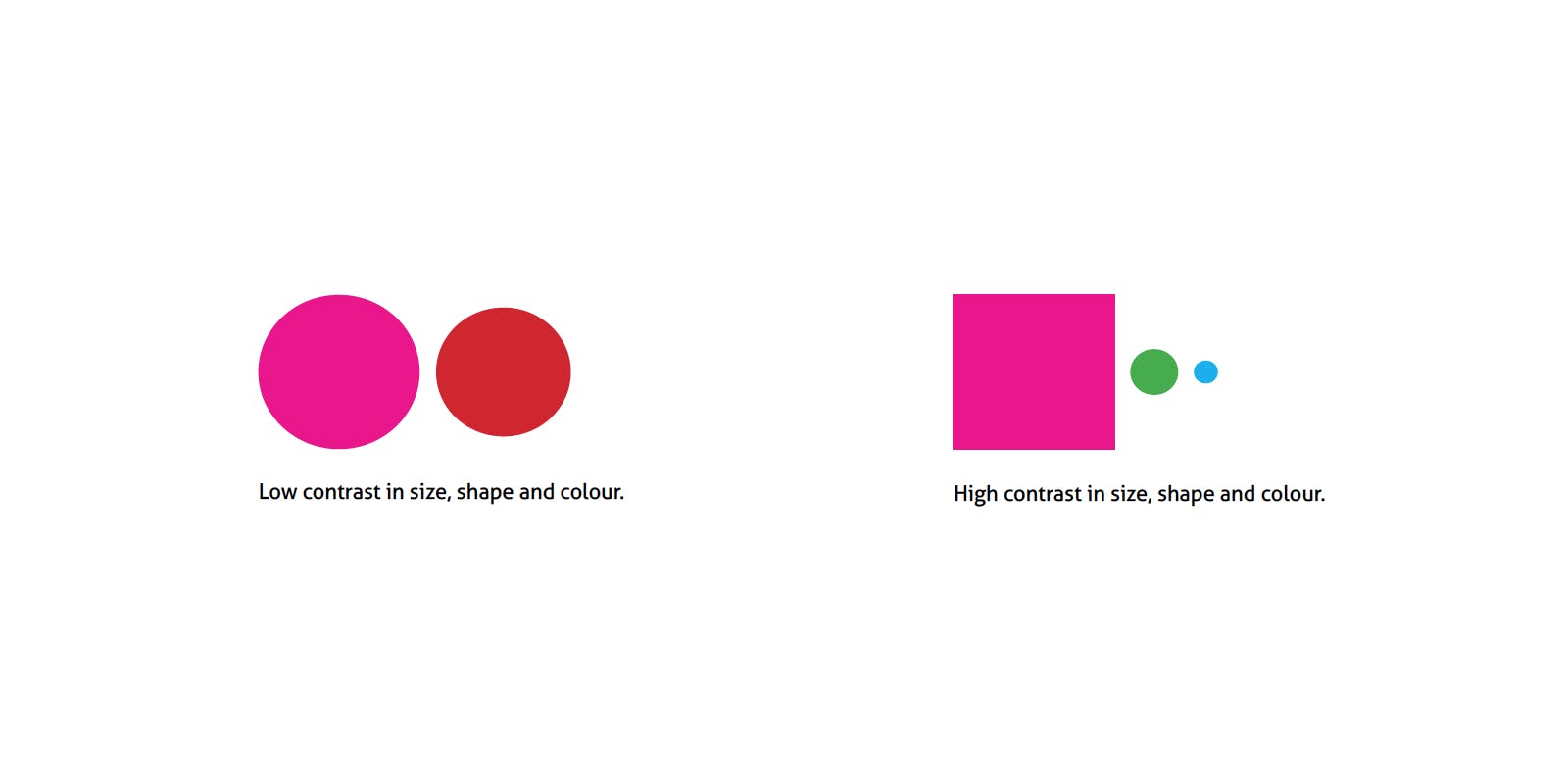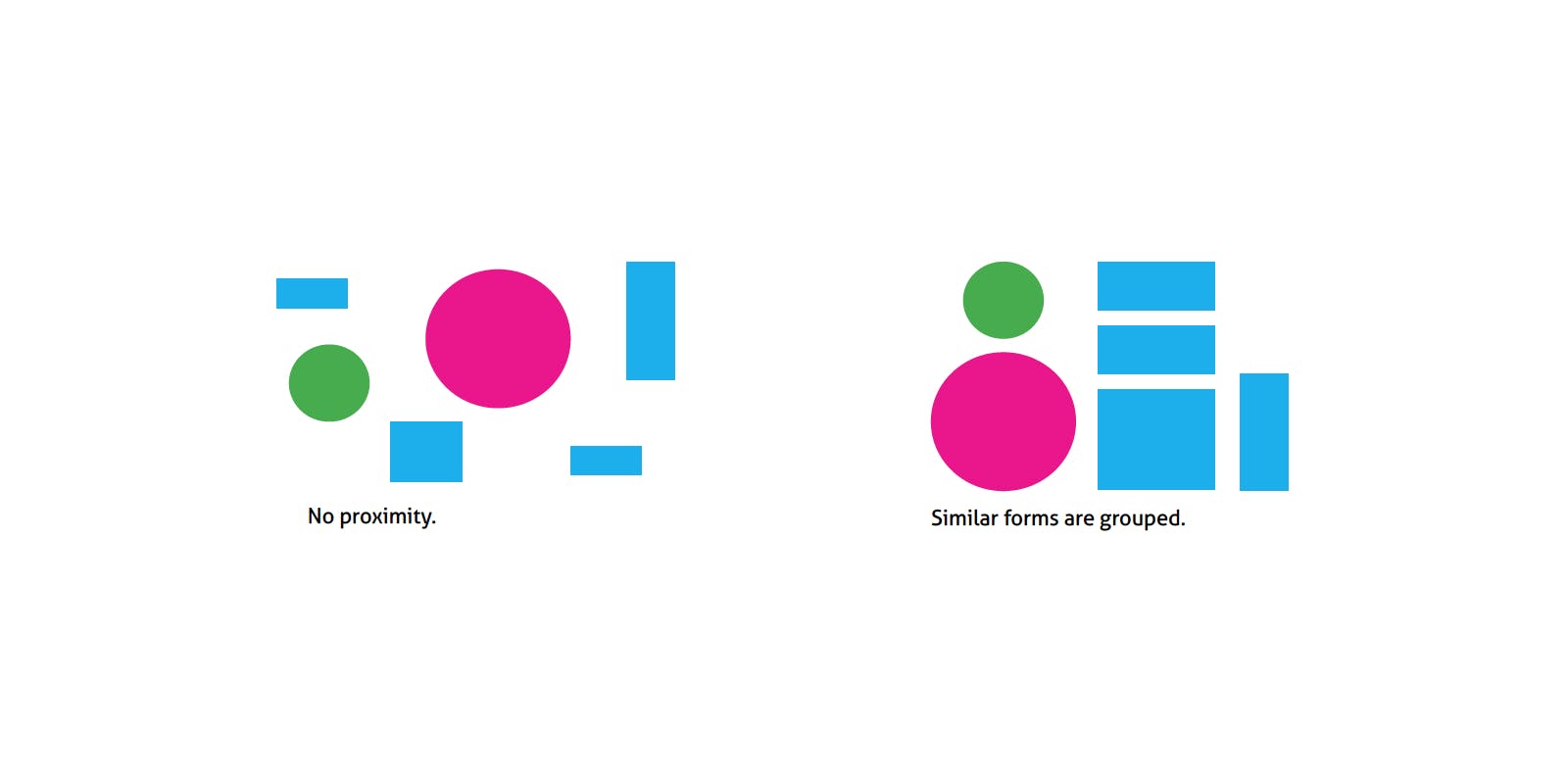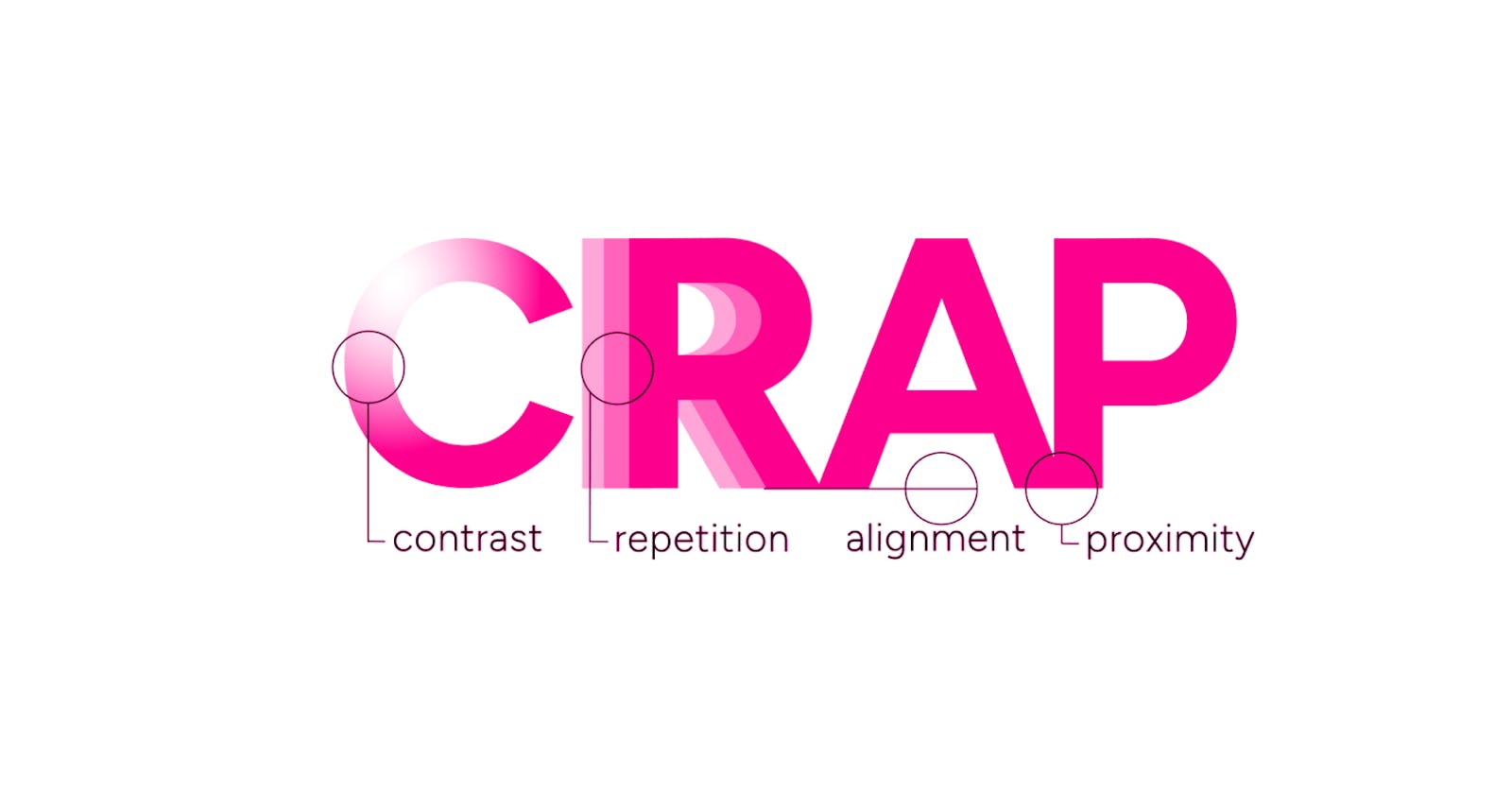The ABCs of Design: C.R.A.P. Design Principles for Designers and Non-Designers
Table of contents
In the world of design, where aesthetics and functionality come together, certain principles guide us to create visually appealing and effective designs. One such set of principles is CRAP, which stands for Contrast, Repetition, Alignment, and Proximity. These principles serve as a foundation for creating visually balanced and engaging designs. In this blog post, we will delve into each of these CRAP design principles and explore how they can elevate your design game.
C - Contrast
Contrast is all about creating visual interest and highlighting important elements. By arranging different elements with contrasting characteristics, we can make certain elements stand out. This can be achieved through variations in color, size, shape, texture, or typography. Contrast helps create a visual hierarchy, directing the viewer's attention to the most important elements of the design. It adds depth, enhances readability, and creates a dynamic visual experience.

R - Repetition
Repetition brings consistency and unity to a design. By repeating certain design elements, such as colours, shapes, patterns, or typography styles, we can establish a sense of harmony throughout the design. Repetition helps create a cohesive visual identity and reinforces the overall message or theme. It also aids in guiding the viewer's eye and creating a sense of familiarity and organization within the design.

A - Alignment
Alignment plays a crucial role in organizing elements within a design and creating a sense of order. By aligning elements along a common axis or using a grid, we can achieve a balanced and structured layout. Proper alignment ensures that elements relate to each other in a logical and visually pleasing manner. It improves readability, reduces clutter, and enhances the overall visual flow of the design. Alignment also helps create a sense of professionalism and attention to detail.

P - Proximity
Proximity refers to the placement of related elements close to one another. When elements that are visually or conceptually connected are grouped, it enhances the understanding and interpretation of the design. Proximity helps establish relationships and hierarchy within the design, making it easier for viewers to navigate and comprehend the information presented. It also improves organization, reduces cognitive load, and enhances the overall user experience.

C.R.A.P design principles — Contrast, Repetition, Alignment, and Proximity — are powerful tools that we can utilize to create visually appealing and effective designs. By leveraging these principles, designers can achieve balance, unity, and clarity in their designs. Contrast adds visual interest, repetition brings consistency, alignment ensures organization, and proximity establishes relationships. When applied thoughtfully, these principles elevate the overall quality and impact of a design.
Let the CRAP principles guide you in crafting designs that captivate, engage, and leave a lasting impression on your audience.
Happy designing! 🙃
